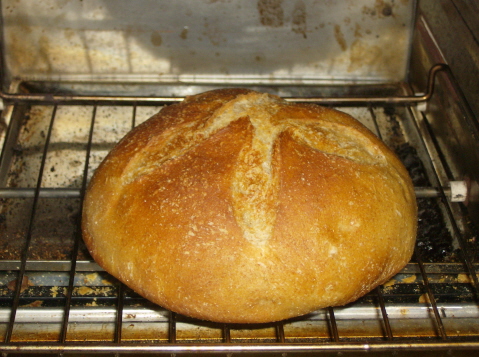
Scoring/shaping bread question
I've had decent luck baking bread now, but two things are still very difficult for me.

I've had decent luck baking bread now, but two things are still very difficult for me.

The site that Hans found also has a great nearly 10 minute long video on how to make and shape pizzas.
http://how2heroes.com/videos/entrees/crispy-chewy-pizza-dough
--Pamela


I would like someone to explain the various forms of yeast which are sold and what different techniques are required to use them.
I am familiar with dried yeast granules and what we call here "Surebake Yeast". Surebake is granules plus enzyme powders etc and this is what we always used in the bread maker machines. I have been using it more recently for all sorts of breads and it does a very good job, but is expensive.
I wonder, can I use another, cheaper form of yeast? instead of surebake and if so, what difference will it make in the final loaf ?
Thanks,

Every so often when I make whole wheat loaves, my bready comes out lumpy. It rises this way and seems to have thin layers that tear into holes. Anyone have an suggestions as to why this occurs?

I've been moving closer and closer to a full whole grain bread as the daily staple. I've been buying some sprouted grain breads to test out what I like and don't like. It seems like all the breads with a higher content of sprouted grains (intact) seem much drier, with less structure than other versions.
Anyone know a recipe for a good combination of whole sprouted grains: whole grain flour? My family also likes adding things like nuts, seeds, cooked barley etc.

I grind my own rye berries with a Nutrimill and have noticed that the mill appears to have a much rougher time (takes at least twice as long to grind and seems to almost clog up at times) when grinding them than when grinding, e.g., hard spring wheat. Grinding rye also creates a lot more powder in my kitchen, so much so that I always grind rye outside.